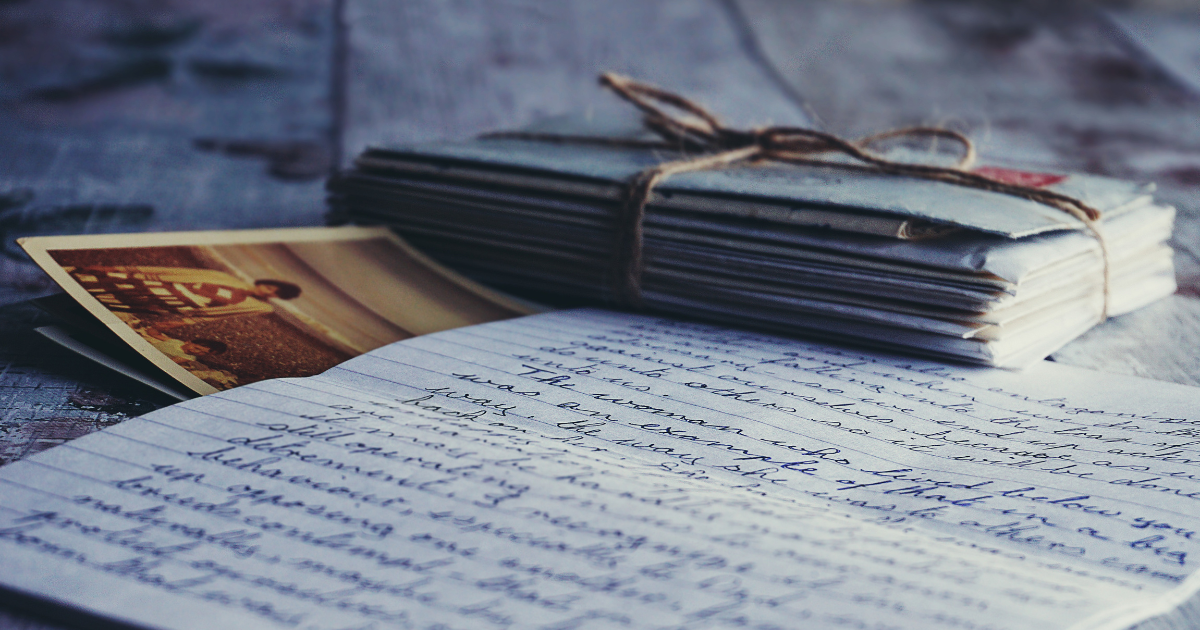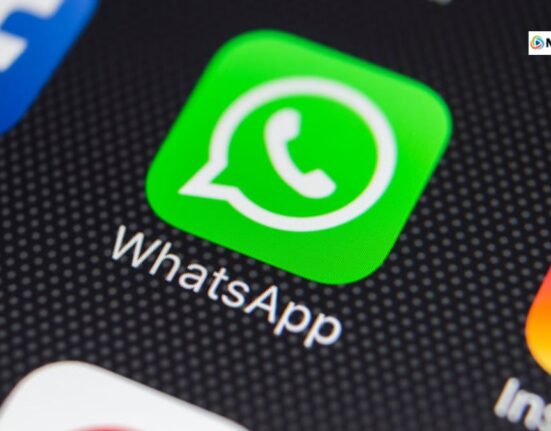Table of Contents
Introduction
Hey there, Letter Aficionados! Today, we’re stepping into the world of crafting forwarding letters – your ticket to expressiveness and maybe a dash of professional coolness. No need for the boring stuff; we’re on a mission to turn your letters into something that’s not just informative but also interesting and relatable. So, grab your favorite writing tools, bring out the creativity, and let’s transform your forwarding letter into something that speaks volumes with a touch of your unique style. Get ready to have some fun with words!
Welcome to the Art of Connection
A well-crafted forwarding letter can be a key factor in building and nurturing relationships. These letters act as a medium connecting two parties while ensuring the message is effectively communicated.
The Impact of a Thoughtful Forwarding Letter
A thoughtful forwarding letter is a powerful tool. When constructed with genuine intent, it can create an impactful first impression, foster trust, and establish a solid foundation for future interactions.
Why Forwarding Letters Matter
Unveiling the Purpose
A forwarding letter aims to introduce, explain, and clarify the accompanying documents or packages. It simplifies the task for the recipient and makes the process smoother.
The Personal Touch: A Game-Changer
Adding a personal touch to your forwarding letter can make a considerable difference. It makes the recipient feel valued and appreciated, building a stronger connection.
Crafting Your Forwarding Letter
Identifying Sender and Recipient
A forwarding letter aim is right person and clarifies who the letter is from.
The Perfect Opening
The opening of your forwarding letter should be warm and welcoming. It should set a positive tone for the rest of the letter.
Gratitude in Action
A line of gratitude towards the recipient for their time and consideration goes a long way in building rapport and reflects your professionalism.
Clearly Stating Your Intent
The intent of the letter should be clear and precise. The recipient should not doubt why you are forwarding the documents/packages.
Adding Relevant Details
Adding relevant details about the documents/packages being forwarded is crucial. This helps the recipient understand the context and take appropriate action.
Personalization: Your Secret Weapon
Personalization makes your letter stand out. It could be a mention of a previous interaction, a shared interest, or anything that adds a human touch to your letter.
Striking the Right Tone
The tone of your letter should be professional yet warm. It should reflect respect for the recipient and show your sincerity.
Avoiding Pitfalls
Clarity Counts
In crafting your forwarding letter, it’s imperative to ensure clarity. Ambiguity or confusion can lead to misunderstandings and complicate communication. Always strive for clear and concise language.
Formatting Finesse
Proper formatting enhances readability and lends a professional impression. Be consistent with your formatting, whether it’s font size, style, or margins.
Politeness Matters
Remember, you’re corresponding with a real person. A respectful and polite tone sets the stage for positive and productive interactions.
Trim the Irrelevant
Keep your letter focused and to the point. Information not related to the purpose of the letter can distract the recipient and dilute your message.
A Call to Action is Key
Closing your letter with a clear call to action helps guide the recipient on their next step. This can be a reply, meeting, or a confirmation of receipt.
Cover Letter Mistakes Video: https://youtu.be/9Gmtx1KIaZ4?si=G1LDUo2OSVNPR748
Infusing Personality
Genuine Emotion
Showing genuine emotion in your letter can establish a personal connection with the recipient. Authenticity resonates and builds trust.
Anecdotes That Resonate
Adding a relevant anecdote can bring your letter to life. It captures interest and leaves a lasting impression.
The Art of Professional Personality
It’s possible to uphold professionalism while infusing your personality into the letter. A touch of personal style can make your letters unique and memorable.
Practical Tips for Success
Cultural Sensitivity
Awareness of cultural nuances and respecting them in your letter can foster better understanding and appreciation. Cultural sensitivity is a mark of an effective communicator.
The Time Factor
Timely correspondence is crucial. Responding promptly shows respect for the recipient’s time and demonstrates your reliability.
Proofreading Perfection
Meticulous proofreading is non-negotiable. It prevents typographical errors, grammatical mistakes, and unclear language, ensuring your letter is polished and professional.
Examples and Templates
Job Application Sample
This section will provide a sample forwarding letter for a job application, highlighting the key elements to include.
Example: Forwarding Letter for Job Application
Dear [Recipient’s Name],
I hope this letter finds you well. My name is [Your Name], and I am writing to forward my application for the [Job Position] at [Company Name]. I came across the job posting on [Where You Found the Job Posting], and I am excited to contribute my skills and experiences to your esteemed organization. Enclosed is my resume highlighting my experience in [Relevant Experience] and my skills in [Relevant Skills]. I firmly believe that these qualifications uniquely position me to contribute positively to [Company Name]. We met briefly during the [Event/Conference/Meeting] and discussed [Topic of Discussion]. I was deeply inspired by your perspective on [Company’s Mission/Values/Projects], which motivated me to apply for a role within your organization.
I am looking forward to the possibility of discussing my application further. I am available at your earliest convenience, and you can contact me via email at [Your Email] or by phone at [Your Phone Number].
Thank you for considering my application. I appreciate the time taken to review my credentials.
Best regards,
[Your Name]
“`
Academic Reference Template
Here, we present a template for academic references, which can be easily personalized and adapted for different situations.
Example: Forwarding Letter for Academic Reference
Dear [Recipient’s Name],
I trust this message finds you in good health. My name is [Your Name], and I am currently a [Your Current Position/Status]. I am writing to forward a reference letter from [Reference’s Name], who is my [Reference’s Relationship to You] at [Institution/Organization Name].
Enclosed is the reference letter which attests to my academic achievements and capabilities. As [Reference’s Name] can attest, my dedication, inquisitive nature, and passion for [Your Field of Study/Interest] have consistently enabled me to excel in my studies.
We had the opportunity to interact during [Specific Event/Instance], where we discussed [Topic of Discussion]. Your insights on [Whatever was Discussed], resonated with me, and I believe that [Institution/Program] would be a perfect platform for me to further my academic pursuits.
I appreciate your taking the time to review this document. I am keen on the possibility of further discussing my application. Please contact me via email at [Your Email] or phone at [Your Phone Number].
Thank you for considering my application.
Best regards,
[Your Name]
Business Referral with a Personal Touch
Lastly, we’ll share an example of a business referral letter that incorporates a personal touch, demonstrating how to combine professionalism with personalization effectively.
Example: Business Referral Letter with a Personal Touch
Dear [Recipient’s Name],
I hope this message finds you in good health. My name is [Your Name] and I am pleased to introduce [Referral’s Name], who I have had the privilege of knowing for several years in a professional capacity.
[Referral’s Name] has shown exceptional skills in [Relevant Skills], and their dedication to [Relevant Field or Industry] is awe-inspiring. Their experience and passion would be a valuable addition to your team.
If you wish to discuss this further, please don’t hesitate to contact me at [Your Email] or [Your Phone Number]. In the meantime, [Referral’s Name] will contact you to follow up on this recommendation.
Thank you for considering this referral.
Best regards,
[Your Name]
Conclusion and Final Thoughts
Mastering the art of effective letter writing can be achieved through practice, empathy, and a keen eye for detail. Letter writing is not just about relaying a message; it serves as a tool for relationship building, creating emotional connections, and leaving lasting impressions. Whether the letter serves a purpose for job applications, academic references, or business referrals, a personal touch can distinguish your letters from others. Remember, attention should be paid to cultural sensitivity, timeliness, and thorough proofreading, as these details can significantly impact the overall quality of your letters. With this guide, examples, and templates, you are well-prepared to draft impactful letters that connect with your recipients and effectively achieve your communication objectives. The art of letter writing beckons you. Happy writing!
Frequently Asked Questions
1. What is the significance of cultural sensitivity in letter writing?
Cultural sensitivity in letter writing entails understanding and respecting the cultural norms, practices, and etiquette of the recipient’s culture. It ensures that the content and tone of your letter is appropriate and respectful, fostering better communication and understanding.
2. How can I add a personal touch to my professional letters?
Adding a personal touch to your professional letters can be achieved by personalizing your greeting, mentioning a shared experience or interaction, and expressing genuine interest or appreciation. However, it’s vital to balance professionalism and personalization to avoid crossing any boundaries.
3. Why is thorough proofreading important in letter writing?
Thorough proofreading is crucial in letter writing to prevent typographical errors, grammatical mistakes, and unclear language. It ensures that your letter is concise, clear, and professional, improving the chance of your message being effectively communicated to the recipient.








![Newzvilla Maruti eVX Electric SUV to Feature Dual Screens and Rotary Dial [Video].](https://newzvilla.co.in/wp-content/uploads/2024/04/Screenshot-2024-04-04-212840-551x431.png)




Leave feedback about this